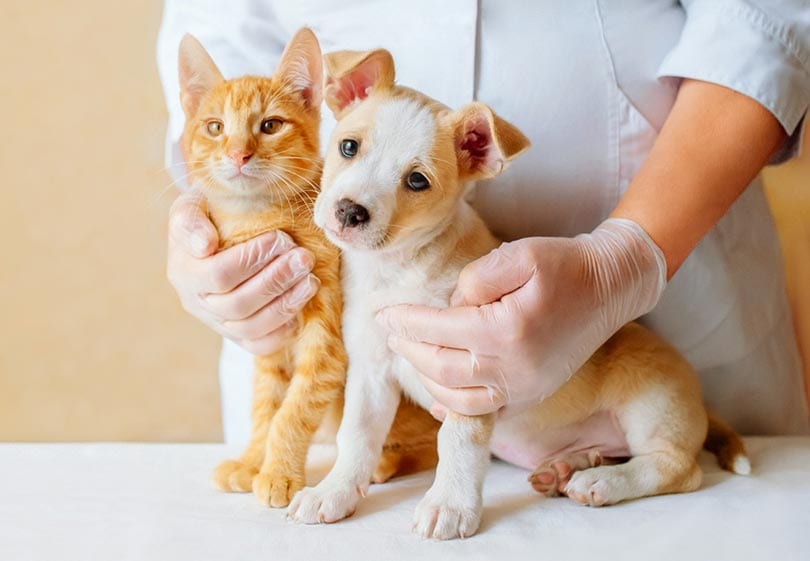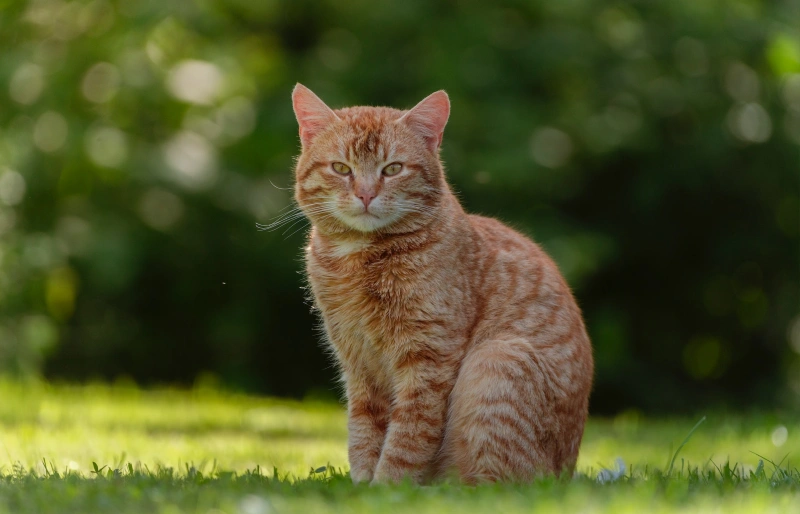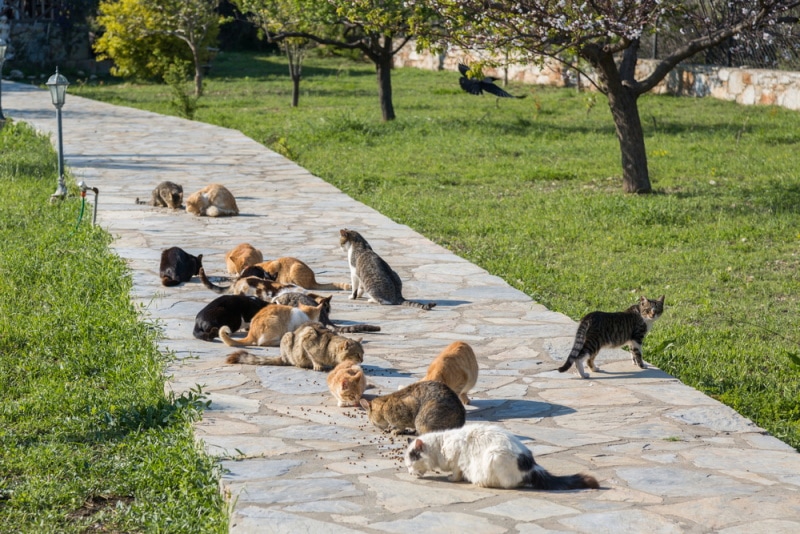Does Cayenne Pepper Keep Cats Away? What You Need to Know
By Kit Copson
Updated on

Neighboring cats hanging out in your garden could be causing you issues for a number of reasons. Perhaps they’re digging up your favorite plants, frightening your own fluffy friend, or leaving unpleasant “deposits” in your rose bed. Some people use spices like cayenne pepper to try and keep cats out of the garden, but to cut to the chase—using cayenne pepper is not a good method to keep cats away.
The most important thing when dealing with unwanted guests is to find a safe, cruelty-free solution that won’t harm the cats or other furry visitors. In this post, we’re going to look at why using cayenne pepper to deter cats is a bad idea, and explore some alternative solutions.
Does Cayenne Pepper Keep Cats Out of the Garden?
While cayenne pepper might not smell like much to us, cats can’t stand the scent due to the capsaicin. Some people sprinkle cayenne pepper around their plants to keep neighbor cats away. There are a few problems with this method, however.
The first is simply that it doesn’t always work very well. Despite cayenne pepper and other spices being a natural deterrent, it’s not a surefire method as some cats will simply ignore it and go about their business as usual. It also needs to be reapplied regularly, especially if it rains. The biggest problem is that it can be very unpleasant and painful for cats.
Cayenne pepper is not toxic to cats in itself. That said, if a cat digs or walks in an area with cayenne pepper sprinkled over it, the pepper may get stuck to the paws and fur. If they clean themselves, the pepper could get into their eyes and cause pain and irritation. In addition to this, ingesting cayenne pepper can make cats vomit and cause pain in the mouth. It can cause hypertension and this could be dangerous for an older cat.

How to Keep Cats Away: 7 Cruelty-Free Methods
Remember that even if you’re not a big cat fan, the feline visitor in your garden is still someone’s beloved pet. When choosing a deterrent, we should always go for a safe, cruelty-free option. In the spirit of “better safe than sorry,” let’s explore some safer alternatives to cayenne pepper.
1. Buy a Commercial Repellent Spray
Commercial repellents are made with safety in mind, so it may be better to invest in a trusted store-bought repellent spray rather than using cayenne pepper. Some sprays are even made with all-natural, plant-based ingredients like rosemary and astragalus.
2. Use Natural, Non-Toxic Scents
Cats dislike certain scents like lemon, lime, orange, banana, rosemary, and lavender. You could try, for example, putting orange peel or pieces of lemon around your plants as a deterrent. That said, we don’t recommend scents in essential oil form. This is because many essential oils can be hazardous to cats. A few common essential oils that are toxic to cats include tea tree, peppermint, and citrus oils. For this reason, it’s best to stick to using scents in their natural form.
3. Plant More Plants
There are some plants that cats are happy to nibble at and some that repel them. Plants that repel cats include lavender, rue, pennyroyal, lemongrass, citronella, and rosemary. You could try planting these here and there around your garden, particularly around the plants neighboring cats usually target.
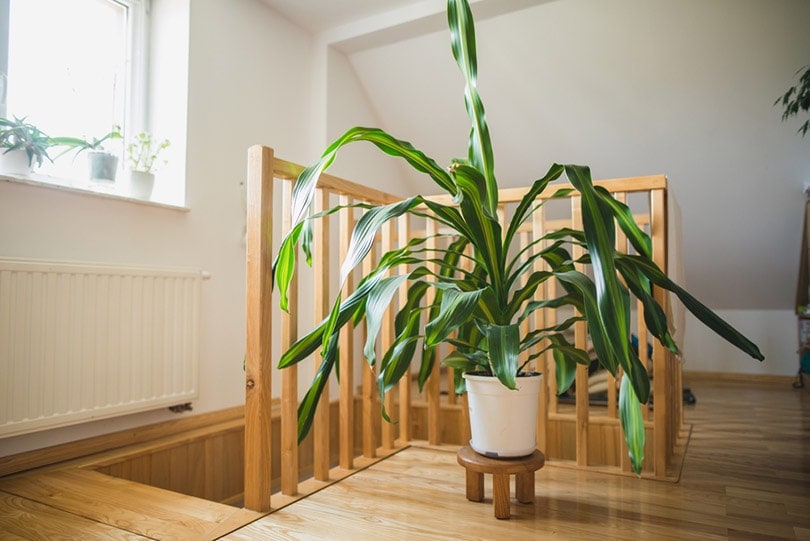
4. Use a Water Sprinkler
A motion-activated water sprinkler works by spraying out water when it senses movement. These are another non-dangerous tool to keep cats out of your garden—a slightly soggy, annoyed cat is the worst-case scenario in this instance!
Try positioning a few of these near to problem areas, like the plants visiting cats seem to like the most or the area they usually poop in.
5. Use an Ultrasonic Cat Repellent
Ultrasonic cat repellent devices work a little like a motion-activated water sprinkler. The only difference is that they emit a high-frequency noise rather than spraying water. The noise is tolerable to humans but unpleasant for cats.
You may need to position a few around your garden to cover all areas—unless the feline vandal is only ever interested in one specific area. However, we don’t recommend the use of these if you have a cat, as they will also be upset by the noise.
6. Make Your Own Repellent
It’s pretty easy to make your own pet-safe repellent spray. All you need to do is mix equal parts apple cider vinegar and water in a spray bottle and spray it around the problem areas.
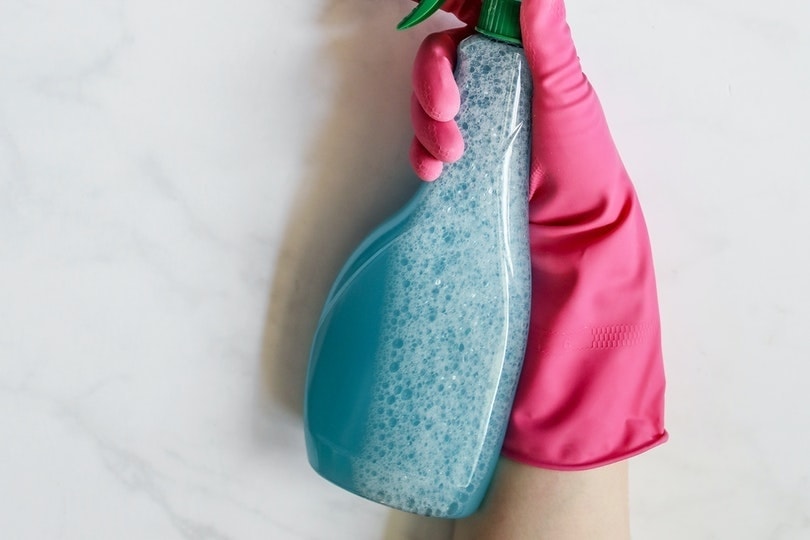
7. Foil
Aluminum foil can be placed around plants or areas you want to keep cats away from. They don’t like the sensation of walking on it. Other methods you can try are mesh netting and pebbles which are also less pleasant to walk on and dig in.
Conclusion
Though it’s true that cayenne pepper is a natural deterrent to cats, there are more than enough easy, humane methods of keeping cats out of your garden rather than using cayenne pepper.
In this article, we’ve explored using and making cruelty-free cat repellent sprays, natural scents, and motion sensors. All of these methods are safe, humane ways of keeping your plants safe from uninvited guests.
We hope you’ve found this guide useful, and remember—keep your cool and keep your garden cruelty-free. Thanks for reading!
Featured Image Credit to: Pixabay


